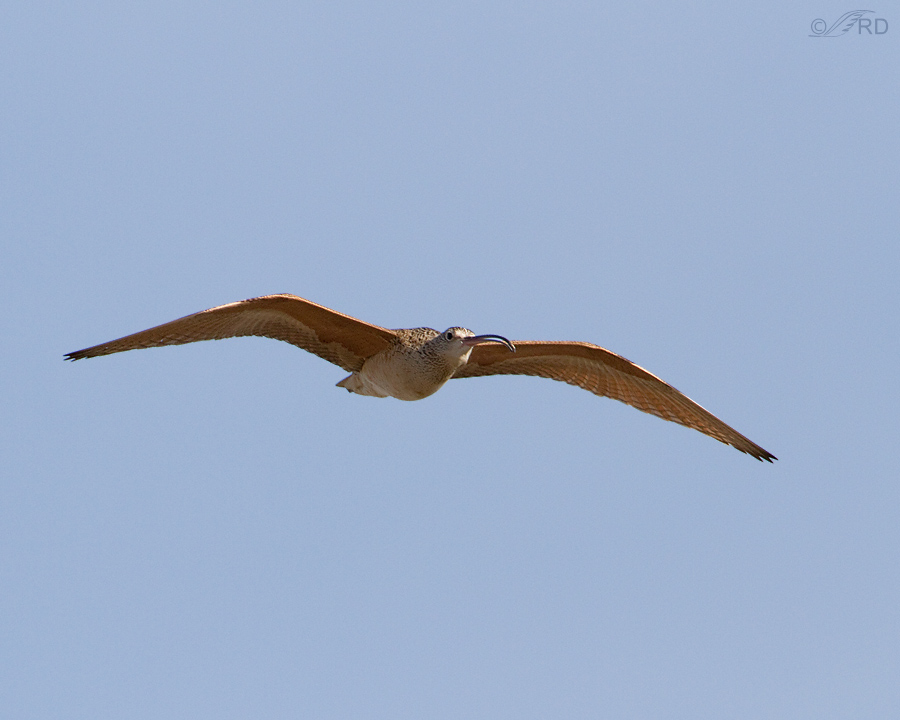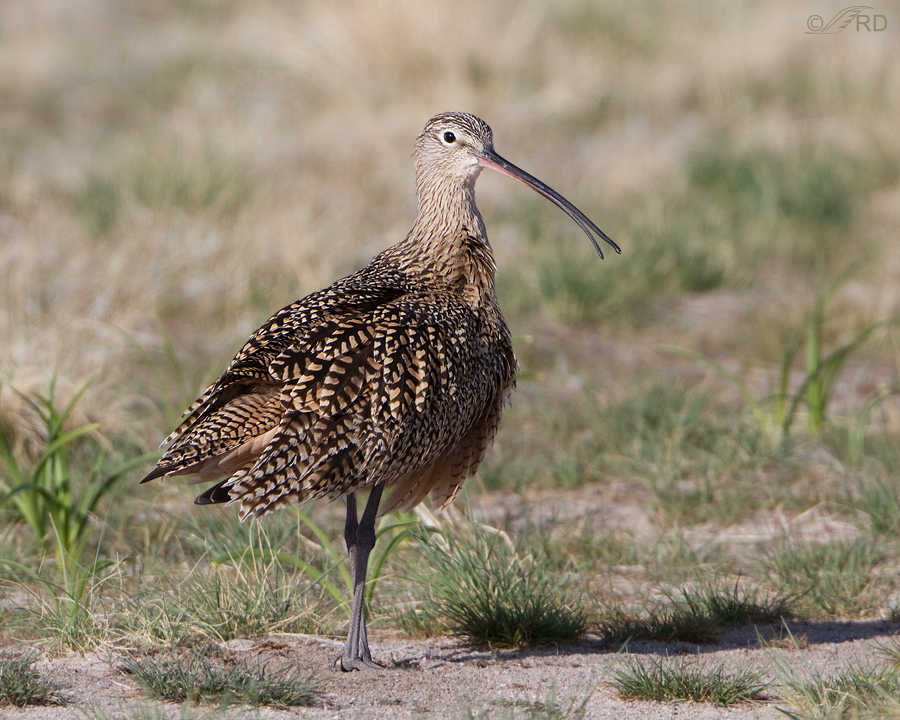Each day for the past several weeks while on our way out to the island either Mia or I will say to the other “I wonder if we’ll see or hear the curlews this morning”. For both of us the return of the curlews is a sure sign that true spring has finally arrived. And each morning we’ve been disappointed.
Until yesterday! We first heard them while waiting for some magpies to return to their nest and then looked up and saw several flying toward us.
1/2500, f/6.3, ISO 500, 500 f/4
This bird is one of them – a truly unremarkable photograph except for its significance to us. It’s almost like this bird (and its companion) were flying over us to personally announce their return to us. The curlews are back – finally!
1/1600, f/7.1, ISO 500, 500 f/4, 1.4 tc
It wasn’t long before we were able to find several curlews foraging on the ground and they even let us get close. This one is busy preening in the morning sun.
1/1600, f/7.1, ISO 500, 500 f/4, 1.4 tc
Rhyncokinesis (rhynco – upper beak or bill, kinesis – movement or motion) is the ability of some birds to bend or flex their upper bill. Only cranes, shorebirds, swifts and hummingbirds are known to be capable of doing so. The bill is made of a protein called keratin (like hair or fingernails) and it’s quite a remarkable feat to be able to control its shape to some degree. Notice in the photo above that the shapes of the upper and lower bills normally conform perfectly to each other, though the upper is noticeably longer than the lower.
1/1600, f/7.1, ISO 500, 500 f/4, 1.4 tc
But in this shot (the very next frame after the previous photo) the upper bill has been “bent” into a much straighter shape and no longer conforms to the curve of the lower bill. This only lasted for an instant and in the next shot in the burst the shape had returned to “normal”. The upper bill can also be flexed in the opposite direction, making its shape more curved than normal which means the two bills would touch only in front and back, leaving a gap in the middle. The advantage of rhyncokinesis is obvious for shorebirds who use their bills for probing for food in mud, dirt and sand but the adaptive advantage for birds who don’t probe for food is not fully understood.
I love catching this kind of “stuff” in my photographs. There’s always an interesting surprise or two to be found “out there” if you take lots of shots and are observant enough before you hit the delete key.
Ron






Not only a feast for the eyes, but an opportunity to learn! What could be better. Now I know I won’t remember Rhyncokinesis but I know it’s there now and I can look it up when I can’t remember. Thanks for sharing your amazing talent!
Charlotte NOrton
I had no idea! amazing!
Thanks Tana.
Everytime I go to the Island I always look in the brush, along the grass or tall weeds for the Curlews. glad to hear they are back!!! Can’t wait to capture some pics of them too! They are such Elegant birds and you’re pictures surely showcase that!
Mavourneen, I agree that they are elegant, despite that gigantic bill!
Ron, thanks for the nice narrative accompanying your photos. The gapped bill of the bird in the first “unremarkable” shot is quite noticeable- I pondered that before scrolling down. Question answered.
I always enjoy your input and keen eye Mike.
Great photos and an enlightening post, Ron.
Thank you Bob.